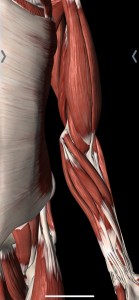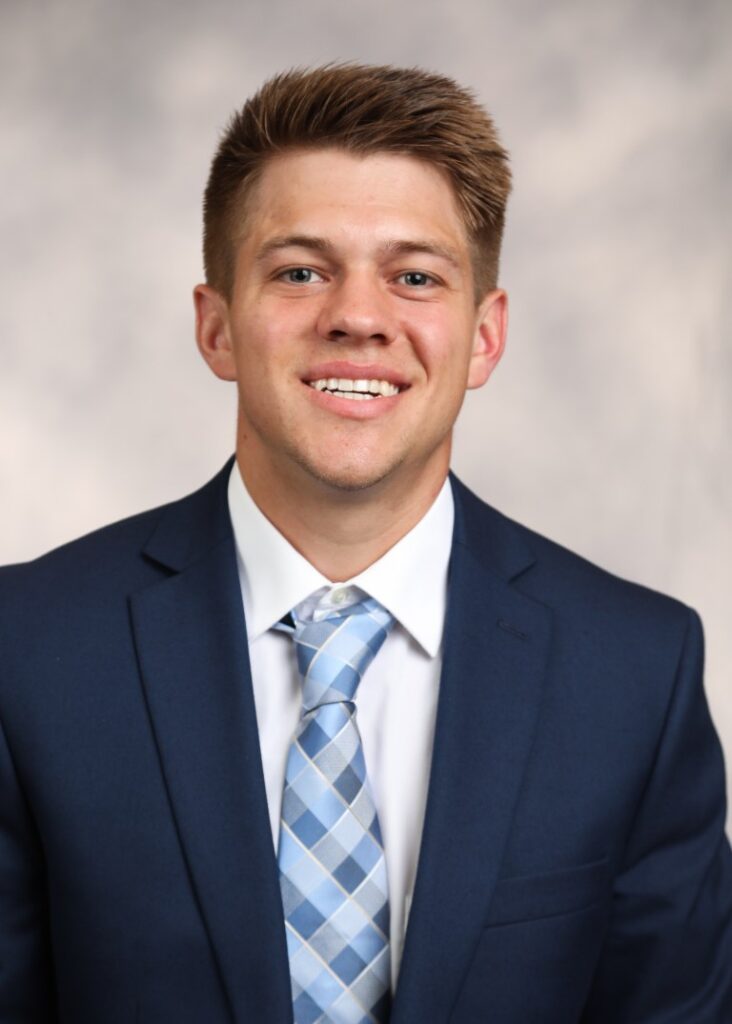What is the Golfer's Elbow, and how does it affect Golf?
The medial epicondylalgia is pain at the medial (or inner) elbow. This injury affects the flexor tendon masses, which start at the elbow’s medial epicondyle. Flexor muscles run from the wrist down to the forearm, allowing to flex the fingers and wrist.
While commonly called “Golfer’s Elbow,” it is rarely a result of sports (Shiri and co., 2006). Overuse and repetitive activities from work or domestic can often cause a golfer’s elbow. Repetitive use can cause inflammation that affects grip, carrying objects, and daily activities.
Golfer’s elbow can cause severe pain and disability if it continues progressing. These activities could be as simple as turning a knob, picking up a child, and picking up a water container.
Tissues involved in Golfer's Elbow
Originate on the inside part of the elbow and pass the wrist joint. It is not uncommon to experience numbness and tingling down the forearm if left untreated.

What can Physical Therapy do to help Golfer's Elbow?
A physical therapist will perform a comprehensive evaluation to determine the root cause of pain. They will also identify any impairments in strength, range of motion (ROM), or movement patterns contributing to the golfer’s elbow. Arizona permits direct access to physical therapy without needing a script. Doctors of Physical Therapy will screen for red flags and decide if the person is suitable for physical therapy. After the pain is gone, it’s time to increase performance. To learn more about this, click here.
Education is the key.
Education is power, especially in the case of tennis elbow and golfer’s elbow. Physical therapy is a viable treatment option for pain. It does not require injections, surgery, or any other medical intervention. Some studies have shown that PT can be more effective than other treatments over the long term (Coombes et al., 2015). However, it is essential to remember that this may take time. Repetitive use of the injury over time is the most common cause. Rehabilitation will require patience, hard work, and a desire for improvement. Trust is critical in the rehabilitation process.
Doctors of Physical Therapy will provide information about the injury and discuss the condition and recovery process. Secondly, doctors of physical therapy will discuss lifestyle and activity modifications that can speed up recovery. They may also recommend a home exercise program.
Manual Therapy
We have a physical therapist with FAAOMPT credentialing. This means this physical therapist went to a post-graduate fellowship to specialize in manual therapy. They might use various manual therapy techniques to reduce pain and insulting activities.
Share Article:
Follow Us For more Info
connect with us
Author
Dr. Tyler is a physical therapist and founder Scottsdale Physical Therapy & Performance in North Scottsdale, Arizona. He see golfers, athletes and active adults. His focus is offering one-on-one sessions for 1 hour focused on developing individualized programs to get you back to your goals.
If you have any questions about online programing or want to stop in for a visit, please reach out by hitting “request appointment” in the top of the page.
– Dr. Tyler PT, DPT, FAAOMPT, TPI-2

